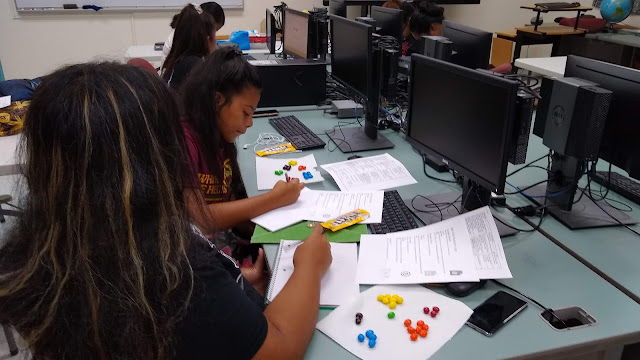iNaturalist introduction in ethnobotany class

One of the challenges within iNaturalist for student use of the platform is that students have a reputation for posting what are deemed by some iNaturalists as low quality observations . These observations often get posted in large numbers as students strive to meet some quota artificially set by a well-intentioned teacher. The observations also often get posted either as "unknown organisms" or, when identified, identified incorrectly. Many cultivated plants get posted incorrectly as wild plants due to the platform providing a green tag that says "Research Grade" only on wild plants. Some teachers mistakenly require students to obtain a specified number of RG observations . This may result in students teaming up to validate each others incorrect identifications in order to obtain the RG designation. The students then often " vanish " from the platform after the "assignment" by the teacher, leaving for identifiers on iNaturalist the task of cle





